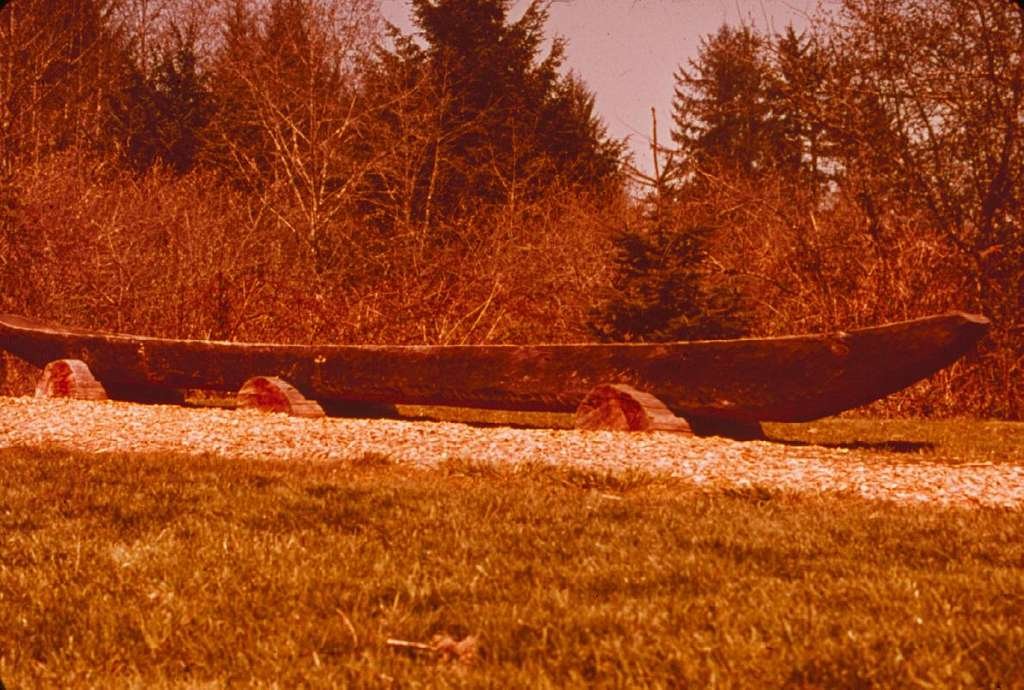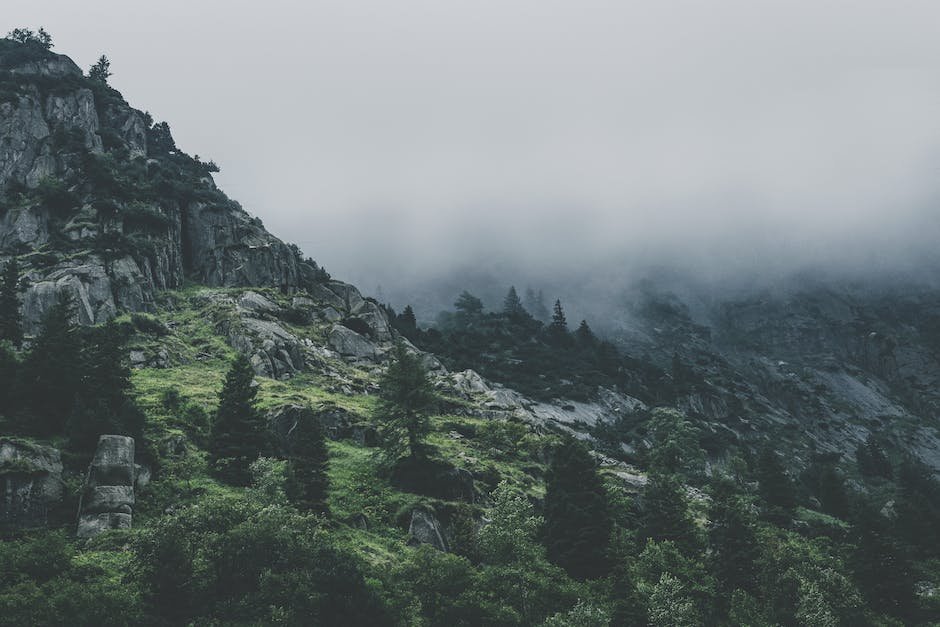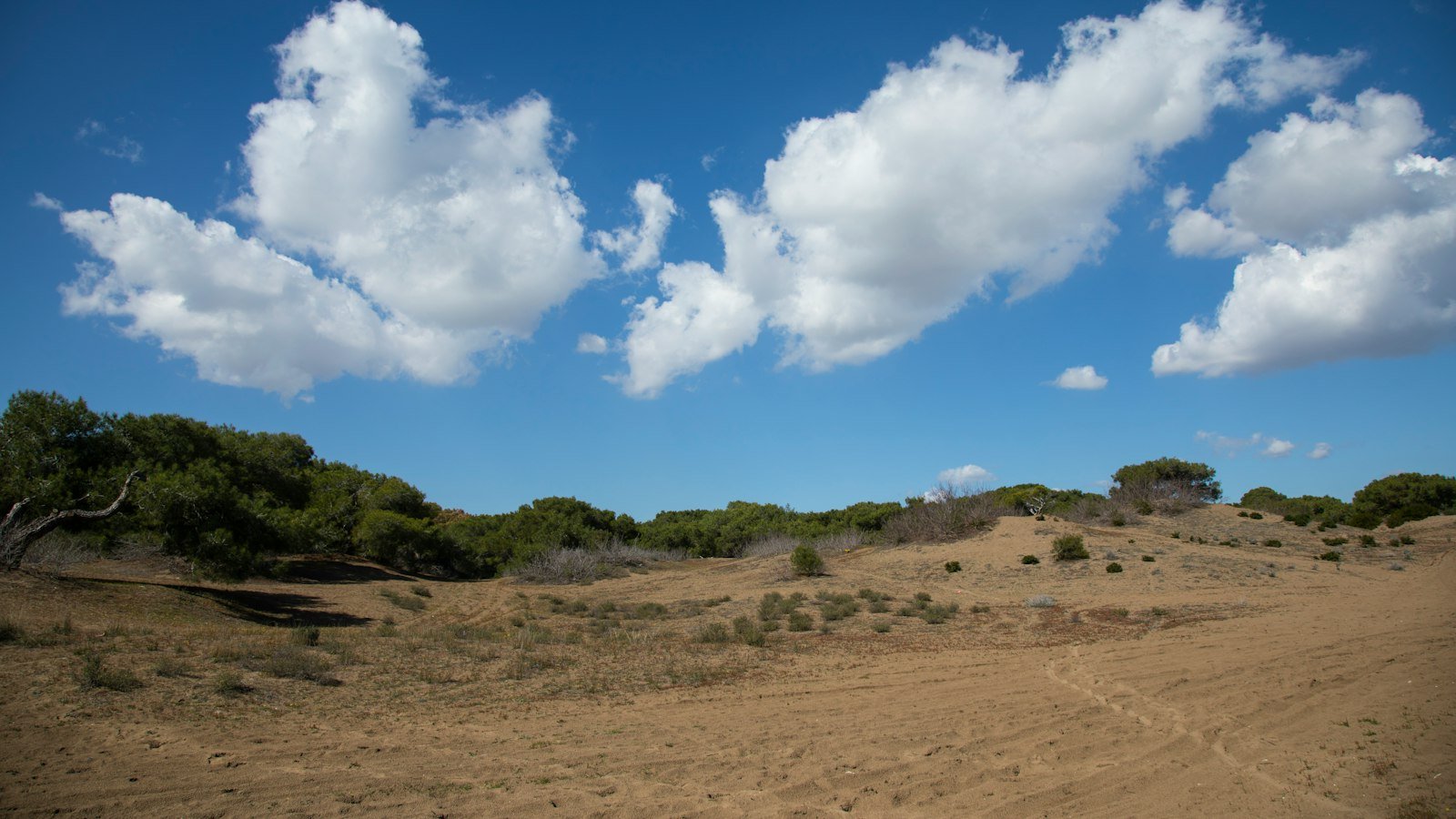Now Reading: The Art of Camouflage: Blending into Your Environment
-
01
The Art of Camouflage: Blending into Your Environment
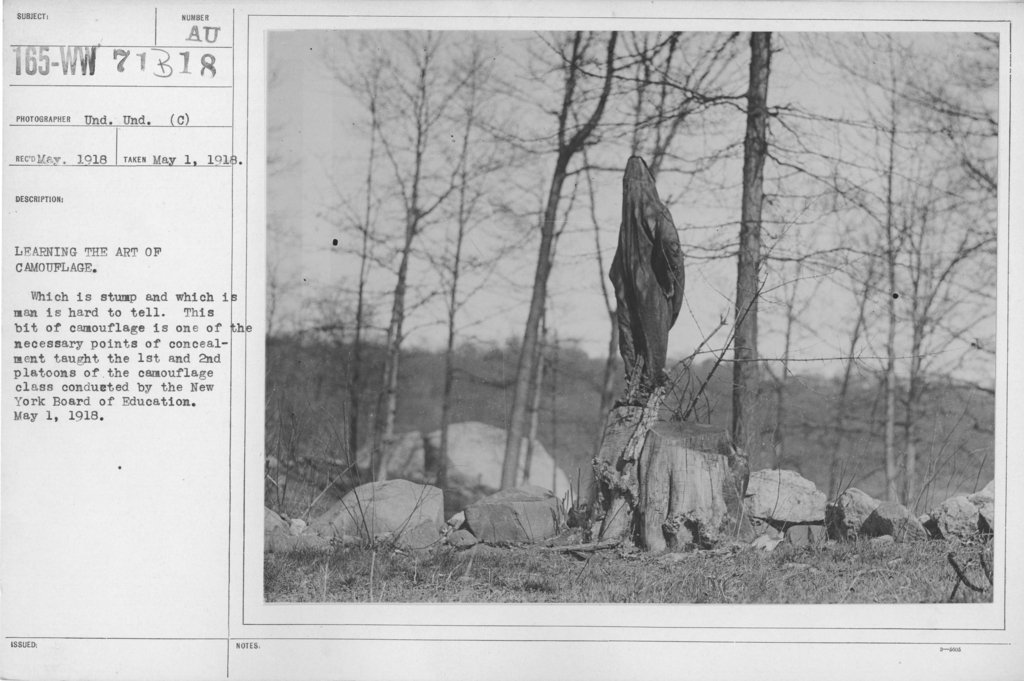
The Art of Camouflage: Blending into Your Environment
In a world filled with vibrant and dynamic landscapes, survival often demands the ability to blend seamlessly into the surrounding environment. Whether it be an elusive animal concealing itself from a predator, or a skilled soldier evading detection in the midst of battle, the art of camouflage embodies the fine balance between visibility and invisibility. It is a captivating phenomenon that has captivated the curiosity of scientists, artists, and enthusiasts alike. Join us as we embark on a journey to explore the intricate and awe-inspiring ways in which creatures and humans alike have mastered the art of blending into their surroundings, revealing a hidden world where the lines between reality and illusion become delightfully blurred.
Table of Contents
- – Mastering the Subtle Craft: Understanding the Essence of Camouflage
- – The Power of Colors and Patterns: Choosing the Right Camouflage Gear for Any Setting
- – Natural Disguises: Utilizing Native Flora and Fauna to Blend into Your Surroundings
- – Uncover the True Chameleon: Techniques to Adapt and Evolve Camouflage Strategies
- – Becoming Invisible: Expert Tips for Perfecting Camouflage Skills in Any Environment
- Q&A
- Wrapping Up

– Mastering the Subtle Craft: Understanding the Essence of Camouflage
Camouflage is not just a painted pattern on fabric; it is a sophisticated art form that blends seamlessly with the environment. It is the ability to disappear into the surroundings, becoming one with nature. Mastering this subtle craft requires a deep understanding of the essence of camouflage – it goes beyond the mere visual deception.
At its core, camouflage is a delicate dance between colors, patterns, and textures. It is the ability to manipulate the eye and deceive the mind. The secret lies in understanding the psychology of perception and the science of light. The art of camouflage relies on various techniques, such as disruptive patterns, mimicry, and obliterative shading.
Disruptive patterns, characterized by irregular shapes and contrasting colors, break up the outline of an object or individual, making them more difficult to detect. Mimicry, on the other hand, involves imitating the textures and colors of the environment, allowing camouflage to blend seamlessly. Obliterative shading, a technique commonly used by fish and reptiles, involves the use of dark coloration on the top and light coloration on the bottom, which helps to confuse predators and prey alike.
True mastery of camouflage requires a keen eye for detail and an understanding of the intricacies of the environment. Being able to adapt and blend in seamlessly is an art that demands creativity and a deep respect for nature. So next time you find yourself immersed in nature, take a moment to appreciate the subtlety and complexity of the craft of camouflage, a true testament to the ingenuity of life itself.
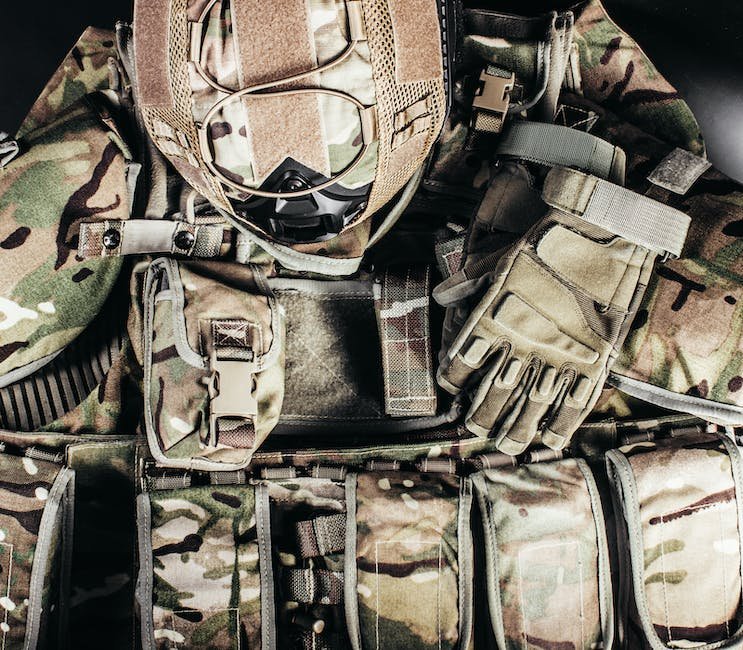
– The Power of Colors and Patterns: Choosing the Right Camouflage Gear for Any Setting
The Power of Colors and Patterns: Choosing the Right Camouflage Gear for Any Setting
When it comes to blending in seamlessly with your environment, the right camouflage gear can make all the difference. Colors and patterns play a crucial role in hiding your presence and staying inconspicuous. Whether you’re a dedicated hunter, an outdoor enthusiast, or a military professional, understanding the power of colors and patterns is essential in selecting the perfect camouflage gear for any setting.
Colors have a tremendous impact on how well you blend into your surroundings. Earthy tones such as greens, browns, and grays are ideal for woodland environments, while sandy hues are perfect for desert landscapes. Additionally, patterns can enhance your camouflage by breaking up your outline and disguising your shape. Choose camouflage designs that mimic the natural elements present in your chosen setting, such as leaves, grasses, branches, or rocks.
Consider the following tips while selecting your camouflage gear:
- Research the specific environment you’ll be in and choose colors and patterns accordingly.
- Opt for gear that offers adjustable features to adapt to varying terrains and weather conditions.
- Invest in high-quality materials and reliable brands to ensure longevity and functionality.
Remember, effective camouflage is not only about the gear you wear but also about your ability to move quietly, control your scent, and understand the behavior of the animals or people you’re trying to avoid. By combining the power of colors, patterns, and strategic tactics, you’ll be able to disappear into the background and gain a significant advantage in any setting.
– Natural Disguises: Utilizing Native Flora and Fauna to Blend into Your Surroundings
Natural Disguises: Utilizing Native Flora and Fauna to Blend into Your Surroundings
When it comes to camouflage, nature has perfected the art of hiding in plain sight. From a chameleon’s ability to change colors to the intricate patterns on a butterfly’s wings, animals have evolved remarkable disguises to survive in their environments. Inspired by these natural wonders, humans have developed techniques to blend into their surroundings using native flora and fauna. By embracing these strategies, we can tap into nature’s wisdom and enhance our ability to move undetected through forests, jungles, and even urban landscapes.
Embracing Native Flora
The first step towards blending seamlessly into the environment is to utilize native flora. By using local plants that naturally occur in your surroundings, you can create the illusion of merging with the landscape. Consider these tips:
- Choose clothing with earthy tones that match the predominant colors in your environment.
- Accessorize with natural materials such as feathers, leaves, or twigs to mimic the textures and shapes of native plants.
- Learn about the local vegetation and incorporate elements into your attire – a flower tucked into your hair, a wreath of berries around your wrist, or a leafy branch as a walking stick.
Emulating Native Fauna
In addition to blending with plants, taking cues from native fauna is another technique to remain unseen. Animals have developed various adaptations to avoid detection, and we can learn from their strategies:
- Consider the patterns and textures on the hides of local animals and find ways to incorporate them into your attire.
- Observe how animals move and learn to imitate their graceful or stealthy motions to avoid attracting attention.
- Embrace the silence of the wilderness by treading lightly and minimizing unnecessary noise.
- Use naturally sourced scents, mimicking the odors that animals in your environment leave behind, to further enhance your disguise and confuse potential predators or observers.
Remember, blending into your surroundings is not only an art but also a way to connect with the natural world. By adopting these natural disguises, you will not only experience the thrill of becoming one with nature but also gain a deeper appreciation for the incredible adaptations that have allowed plants and animals to survive in their habitats for millennia.
- Uncover the True Chameleon: Techniques to Adapt and Evolve Camouflage Strategies
Camouflage is not just a simple act of hiding; it is an art form that is constantly evolving. Chameleons, the true masters of camouflage, are nature’s disguise experts. They have fascinated scientists and enthusiasts alike for centuries with their ability to seamlessly blend into their surroundings. But what makes their camouflage strategies so effective?
Firstly, chameleons possess a unique ability to change the color of their skin, allowing them to match the environment they find themselves in. This incredible feat is achieved through specialized cells called chromatophores. The chromatophores contain pigments that expand or contract, altering the color of the chameleon’s skin. This extraordinary talent not only enables them to hide from predators but also helps them communicate with other chameleons, reflecting their mood and social status.
Additionally, chameleons have another surprising adaptation: their independently mobile eyes. These eyes can rotate 180 degrees, providing them with exceptional 360-degree vision. This distinct trait allows them to scan their surroundings meticulously, identifying potential threats and suitable camouflage opportunities. By mastering the art of visual camouflage, chameleons can position themselves strategically, enabling them to effectively disappear from view.
Understanding the techniques chameleons utilize to adapt and evolve their camouflage strategies provides valuable insights not only into the natural world but also into the potential applications for human technology. The ability to blend seamlessly with the environment is an invaluable survival skill, and the chameleon serves as the ultimate inspiration for engineers and designers seeking innovative camouflage solutions. By unraveling the secrets behind the true chameleon, we can navigate the world of adaptive camouflage with imagination and ingenuity.
- Becoming Invisible: Expert Tips for Perfecting Camouflage Skills in Any Environment
Becoming Invisible: Expert Tips for Perfecting Camouflage Skills in Any Environment
Camouflage is the art of blending in with your surroundings, becoming one with nature, and disappearing from sight. Whether you are an aspiring spy or just want to take your hide-and-seek skills to the next level, mastering the art of camouflage can be an incredibly useful skill to possess. Here are some expert tips to help you perfect your camouflage skills in any environment:
- Choose the right colors:
Selecting the right color palette is crucial for effective camouflage. Study the environment you’ll be operating in and choose colors that closely match its natural tones. From earthy browns and greens for a woodland area, to sandy hues for a desert, adapting your clothing and gear to blend harmoniously with your surroundings is key.
- Layer and break the outline:
Simply matching the colors of your surroundings might not be enough; you also need to consider the texture and shape of your camouflage. Layering your outfit with natural materials, such as leaves or branches, can help break up your silhouette and make you less noticeable. By adding texture and irregular shapes, you increase your chances of blending in seamlessly.
- Stay still and observe:
The best camouflaged individuals know that staying still is often the key to rendering themselves invisible. Learn to move slowly and purposefully, blending in with the stillness of your environment. Take the time to observe how animals utilize their natural camouflage to their advantage. By mimicking their behavior and being patient, you can avoid attracting attention and remain hidden from prying eyes.
With practice and patience, anyone can perfect their camouflage skills. By understanding your environment, adapting your appearance, and merging with nature, you can become an expert at disappearing right before everyone’s eyes.
Q&A
Q: Why is the art of camouflage important in the animal kingdom?
A: Camouflage plays a crucial role in the animal kingdom as it helps individuals hide from predators or hunt their prey more effectively. It is a matter of survival, allowing animals to blend seamlessly into their surroundings, ensuring their continued existence.
Q: How do animals achieve camouflage?
A: Animals employ various strategies to achieve camouflage. Some change color to match their environment, while others mimic objects or patterns around them. Physical adaptations like cryptic markings, patterns, and camouflage behaviors all contribute to their survival.
Q: What are some fascinating examples of camouflage in the animal kingdom?
A: The incredible leafy seadragon uses its leaf-like appendages to blend in with seaweed, while the flounder can change its skin color and texture to mimic the ocean floor. The Arctic fox, equipped with a white coat during winter, flawlessly blends into the snowy landscape.
Q: Can camouflage be used for defensive purposes only?
A: Not limited to defense, camouflage can serve both defensive and offensive purposes in the animal kingdom. Some predators possess incredible camouflage skills, allowing them to ambush their unsuspecting prey more effectively.
Q: Is camouflage only found in the animal kingdom?
A: The concept of camouflage extends beyond the animal kingdom. In addition to animals, plants have developed strategies like camouflage to avoid being detected by herbivores or to attract pollinators by blending with their surroundings.
Q: How does camouflage benefit humans?
A: Humans have long studied and implemented camouflage techniques for a variety of purposes, ranging from military applications to wildlife photography. Understanding and utilizing camouflage can aid in blending into natural environments or provide an extra layer of protection when needed.
Q: Can humans learn to camouflage like animals?
A: While humans may not possess the same level of natural camouflage abilities as animals, they can learn to effectively blend into their surroundings. By using appropriate clothing, colors, and patterns, humans can increase their chances of remaining inconspicuous in specific environments.
Wrapping Up
As we conclude our journey through the mesmerizing world of camouflage, we find ourselves in awe of nature’s incredible adaptations. The art of blending seamlessly into one’s environment is truly a masterpiece crafted by eons of evolution.
From the cunning chameleon, meticulously changing colors to match its surroundings, to the mighty tiger, effortlessly disappearing amidst a forest’s lush greenery, camouflage is an innate survival technique that continues to captivate both scientists and artists alike.
While the animal kingdom showcases an array of breathtaking camouflage strategies, it is worth noting that humans too have harnessed this art form for their own purposes. Throughout history, humans have cloaked themselves in garments to blend into their surroundings, whether it be for military operations or the pursuit of stealthy hunting.
But beyond survival and practicality, camouflage has transcended beyond its utilitarian origins, finding a prominent place in the realm of art and design. From the bold patterns adorning high-fashion runways to the intricate installations transforming urban landscapes, artists have seized the power of camouflage to challenge our perceptions of reality and provoke contemplation.
The symphony of colors, patterns, textures, and shapes that camouflage offers provides us with a glimpse into the delicate dance between visibility and invisibility. It urges us to question our own relationship with the world around us, challenging us to reevaluate the boundaries between presence and absence.
As we reflect on the wonders of camouflage, may we find inspiration in nature’s ceaseless ingenuity and in our own ability to adapt and assimilate. Let this art form remind us of the unseen beauty that lies within our surroundings, waiting to be discovered.
So, dear reader, next time you find yourself marveling at a well-camouflaged creature, ponder the intricate techniques it employs and celebrate the brilliance that blending into your environment can unlock. Remember, in the realm of camouflage, the truest art lies not merely in disappearing, but also in the profound presence that remains.
As an affiliate, my content may feature links to products I personally use and recommend. By taking action, like subscribing or making a purchase, you’ll be supporting my work and fueling my taco cravings at the same time. Win-win, right?
Want to read more? Check out our Affiliate Disclosure page.


